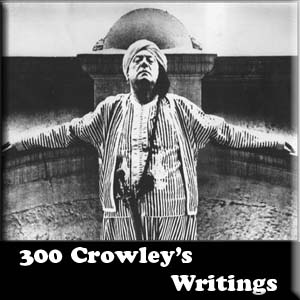 The Tao Teh Ching, roughly translated as The Book of the Way and its Virtue (see below on translating the title), is an ancient Chinese scripture. Tradition has it that the book was written around 600 BCE by a sage called Laozi (also spelled Lao Tzu, Lao Tse, Laotse, "Old Master"), a record-keeper in the Emperor's Court of the Zhou Dynasty. A careful reading of the text, however, suggests that it is a compilation of maxims sharing similar themes. The authenticity of the date of composition/compilation and the authorship are still debated.
The Tao Teh Ching, roughly translated as The Book of the Way and its Virtue (see below on translating the title), is an ancient Chinese scripture. Tradition has it that the book was written around 600 BCE by a sage called Laozi (also spelled Lao Tzu, Lao Tse, Laotse, "Old Master"), a record-keeper in the Emperor's Court of the Zhou Dynasty. A careful reading of the text, however, suggests that it is a compilation of maxims sharing similar themes. The authenticity of the date of composition/compilation and the authorship are still debated.
This short work is one of the most important in Chinese philosophy and religion, especially in Taoism, but also in Buddhism, because the latter – an Indian religion – shared many Taoist words and concepts before developing into Chinese Buddhism. (Indeed, upon first encountering it, Chinese scholars regarded Buddhism as merely a foreign equivalent of Taoism.) Many Chinese artists, including poets, painters, calligraphers and even gardeners have used the book as a source of inspiration. Its influence has also spread widely outside the Far East, aided by many different translations of the text into western languages.
Many believe that the Tao Teh Ching contains some universal truths which have since been independently recognized in other philosophies, both religious and secular. Each modern language interpretation (including even interpretation of the three-character title, of which there are dozens) differs at least slightly and occasionally profoundly from the next. Depending on how one reads them, some chapters could have three or more interpretations, ranging from practical wisdom for the common man to advice intended for kings to even the odd medical recipe.
There is also an interpretation of this Chinese classic by Aleister Crowley out there.
Books You Might Enjoy:
John Dee - Table From Liber Loagaeth French Version
John Dee - The Calls Of Enoch
Israel Regardie - The Art Of True Healing
Aleister Crowley - Liber 157 The Tao Teh King







